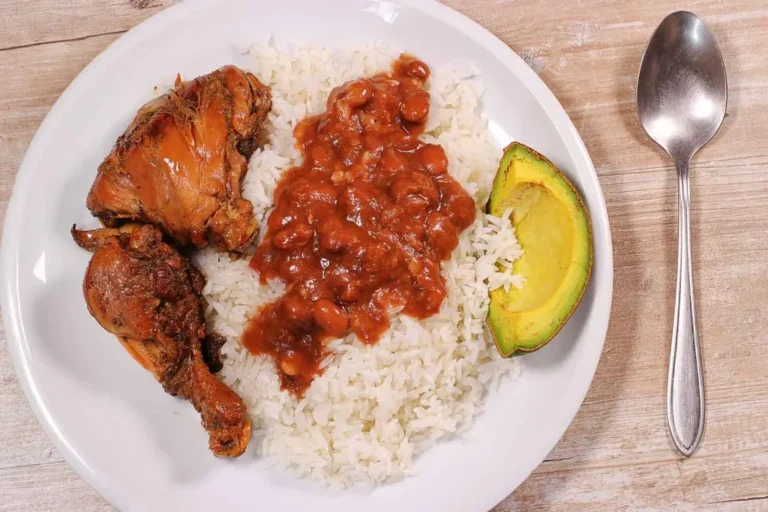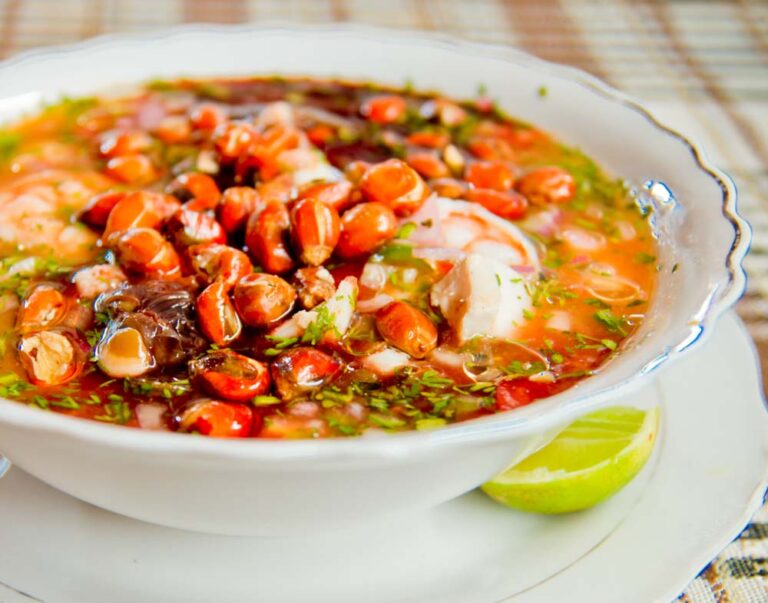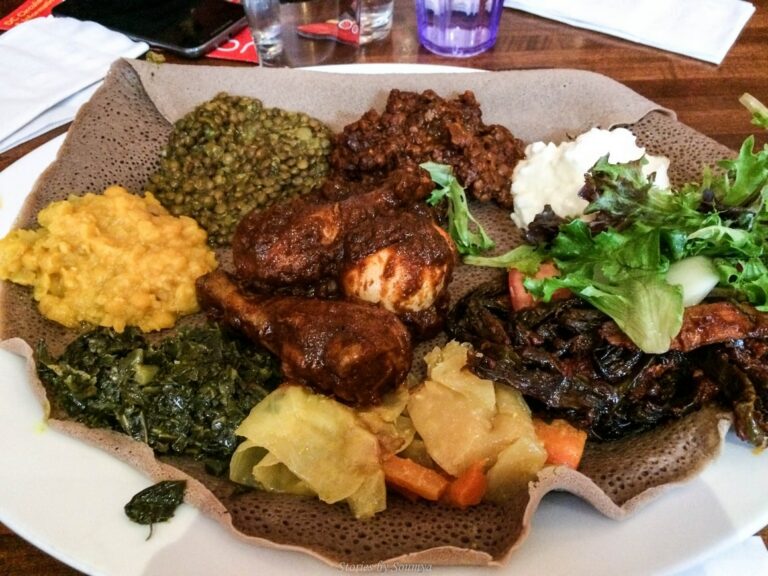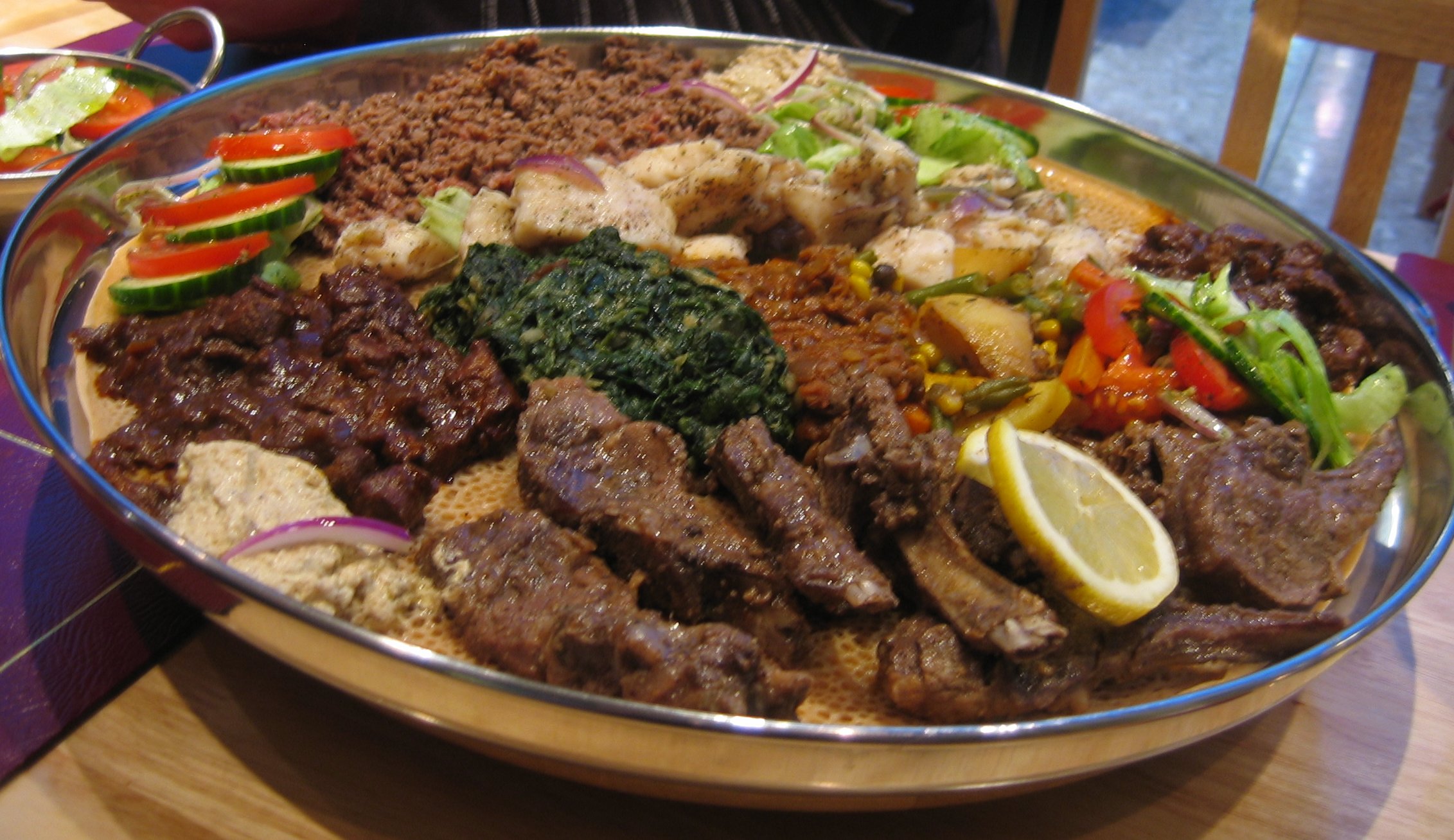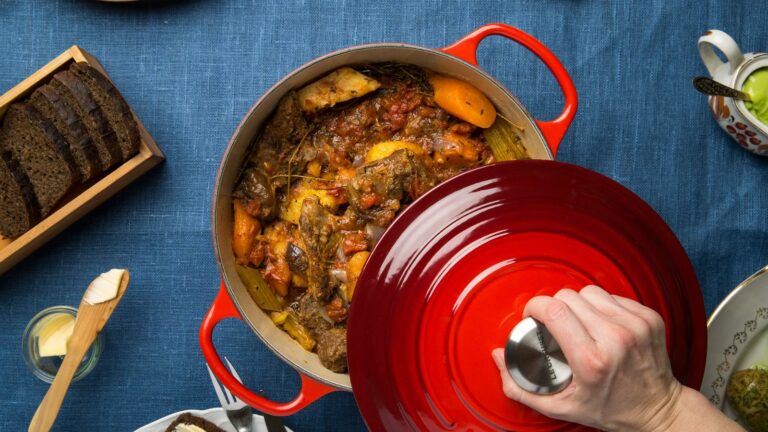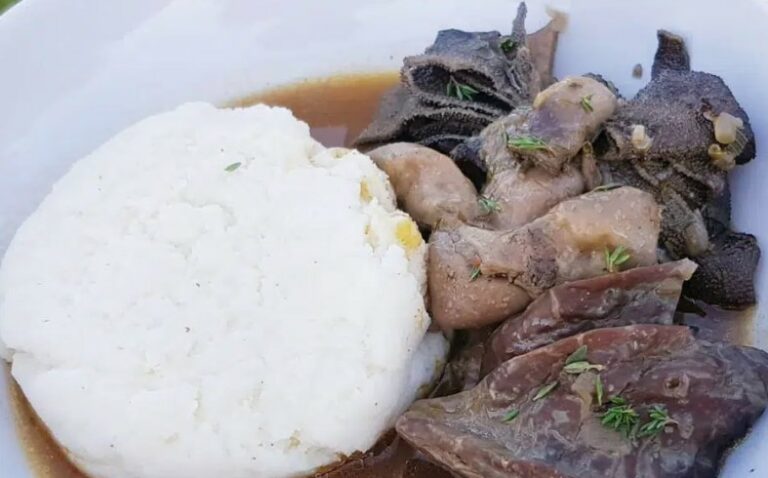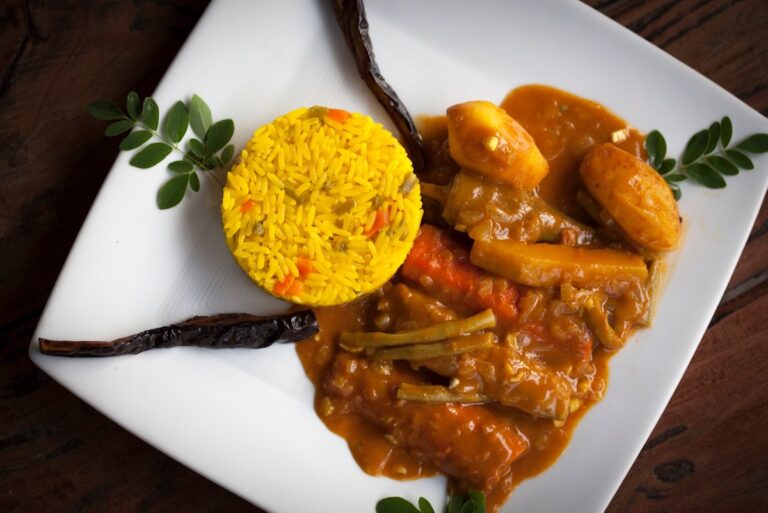Introduction: The Cuisine of the Dominican Republic
The Dominican Republic is a country located in the Caribbean, known for its beautiful beaches, vibrant culture, and flavorful cuisine. Dominican cuisine is a fusion of African, Spanish, and indigenous Taino influences, resulting in a unique and delicious culinary experience. Mainly consisting of rice, beans, meat, plantains, and tropical fruits, Dominican dishes are hearty, comforting, and savory.
Rice: The Staple of Dominican Cuisine
Rice is a staple in Dominican cuisine, with many dishes featuring it as the main ingredient. Arroz con pollo (rice with chicken), moro de guandules (rice with pigeon peas), and locrio (rice with various meats) are just a few examples of rice-based dishes that Dominicans love. The rice is usually cooked with various seasonings and spices, such as garlic, onions, and culantro, giving it a fragrant and flavorful taste.
Rice is also used as a side dish to accompany stews and meats, such as sancocho (a hearty meat stew) and chicharrón (fried pork belly). The rice is usually fluffy and individual grains separated, making it the perfect base for soaking up flavorful sauces and gravies.
Beans: A Protein-Packed Ingredient
Beans are another staple in Dominican cuisine, providing a protein-packed ingredient for many dishes. Red kidney beans, black beans, and pigeon peas are the most commonly used beans in Dominican cooking. The beans are often boiled with seasonings and spices, such as garlic, oregano, and cumin, to give them a savory and aromatic taste.
Habichuelas con dulce is a popular Dominican dessert made with sweetened beans, coconut milk, and spices. It is usually enjoyed during Lent and Easter. Additionally, the beans are often used as a side dish, served with rice and meat.
Plantains: The Versatile Fruit
Plantains are a versatile fruit that are used in various dishes in Dominican cuisine. They can be boiled, fried, mashed, and baked, providing different textures and flavors. Tostones (fried plantain chips) and maduros (sweet fried plantains) are two popular plantain dishes in Dominican cooking.
Mangu is a beloved Dominican breakfast dish made with mashed plantains, served with fried cheese and salami. Additionally, plantains are often used as a side dish, served with rice and beans, or as a topping for stews and soups.
Meat: The Main Protein Source
Meat is a main protein source in Dominican cuisine, with beef, pork, and chicken being the most commonly used meats. Carne guisada (beef stew), chicharrón (fried pork belly), and pollo a la brasa (grilled chicken) are just a few examples of meat-based dishes in Dominican cooking.
Meats are usually seasoned with various spices and herbs, such as oregano, thyme, and annatto, giving them a savory and aromatic flavor. The meat is often served with rice, beans, and plantains, making a hearty and filling meal.
Spices and Herbs: The Flavor Enhancers
Spices and herbs are an essential part of Dominican cuisine, adding flavor and aroma to dishes. Garlic, onion, oregano, and culantro are the most commonly used herbs and spices in Dominican cooking. They are often used in rice and bean dishes, as well as meat stews and soups.
Annatto is another spice commonly used in Dominican cooking, giving the food a bright orange color and a slightly sweet and nutty flavor. Additionally, adobo seasoning, a blend of various spices, is often used to marinate meats, adding a depth of flavor.
Tropical Fruits: The Sweet and Savory Additions
Tropical fruits are a sweet and savory addition to many Dominican dishes. Mango, pineapple, and guava are just a few examples of the fruits commonly used in Dominican cooking. They are often used in salads, stews, and desserts, adding a bright and refreshing flavor.
In addition, coconut is a popular ingredient in Dominican cuisine, used in various sweet and savory dishes. It is used to make coconut milk, which is often used in rice and bean dishes, as well as desserts.
Condiments: The Signature Touches to Dominican Dishes
Condiments are a signature touch to Dominican dishes, adding a burst of flavor and texture. Sofrito is a blend of onions, garlic, peppers, and herbs, used as a base for many dishes. It is often used in rice and bean dishes, as well as stews and soups.
Salsa criolla is another condiment commonly used in Dominican cuisine, made with tomatoes, onions, and peppers, seasoned with vinegar and lime juice. It is often served as a side dish, adding a tangy and refreshing flavor. Additionally, hot sauce and pickled vegetables are often used to add heat and acidity to dishes.

